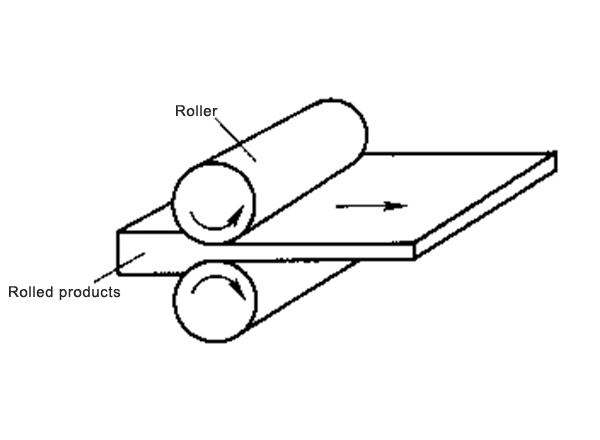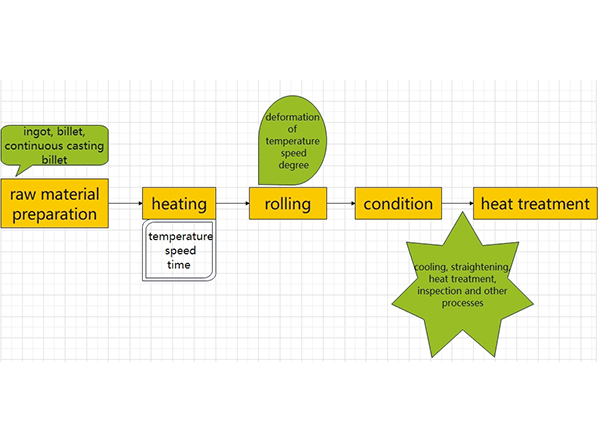Definition of rolling:
The process of plastic deformation of metal by compression between two rotating rollers. Metals can be rolled to obtain certain shapes, sizes and properties.
Types and uses of rolled steel:
Depending on the different shape characteristics of steel, steel can be divided into steel sections, wire rods, steel plates, strip steel, steel pipes and special steel, etc.
Basic components of a rolling mill:
The equipment for rolling steel is called a rolling mill. A rolling mill consists of rollers, a working frame, a gear frame, a connecting shaft and coupling, a main motor, etc.
Classification of rolling mills:
(1) Classification by the purpose of the rolling mill
① Primary rolling mill: named after the diameter of the roll, for example: 1150 primary rolling mill;
② Section steel rolling mill: named after the roll diameter or the pitch diameter of the herringbone gear in the gear stand, for example: 800 rolling mill;
③ Plate and strip steel rolling mill: named after the roll body length, for example: 1700 plate and strip steel rolling mill;
④ Steel pipe rolling mill: named after the maximum outer diameter of the steel pipe that can be rolled, for example: 140 pipe rolling mill;
⑤ Special rolling mill: rolling wheels, wheel hoops, steel balls, gears, bearing rings, etc.
(2) Classification by roller assembly form:
① Horizontal mill: a mill with horizontally placed rollers, such as two-roller mill, three-roller mill, four-roller mill, sixteen-roller mill, etc.;
② Vertical mill: a mill with vertically placed rollers;
③ Universal mill: a mill with both horizontal and vertical rollers arranged in the working machine frame;
④ Inclined roller mill: a mill with inclined rollers.
Steel rolling process:




 en
en  cn
cn  jp
jp  ko
ko  de
de  es
es  it
it  ru
ru  pt
pt  vi
vi  th
th  pl
pl 








 GS-ZP-1200
GS-ZP-1200


